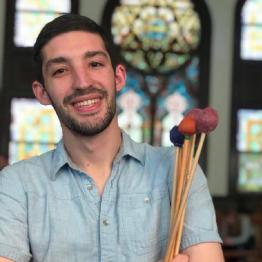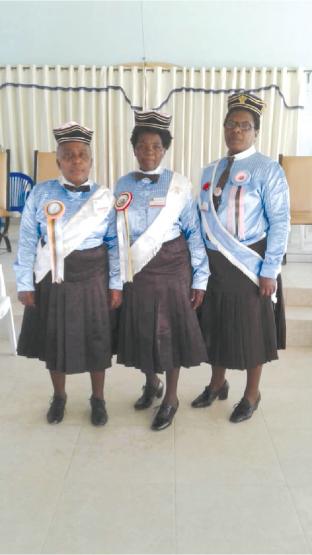New connections
Uncovering the music of the Zimbabwean Jewish communities
What is the value of financial support for students doing scholarly research? Ask Lior Shragg, who recently earned his doctoral degree in the School of Interdisciplinary Arts. Shragg spent last summer in Zimbabwe, courtesy of a Student Enhancement Award, support that allowed him the flexibility to ask more questions, spend more time with his subjects, and meet new sources of expertise in the field.
Shragg, an ethnomusicologist, musician and composer, focused his research on describing the culturally unique and specific uses of music in Jewish Zimbabwean communities. The success of his work depended on meeting people, and Shragg spent his summer in Zimbabwe doing just that.
So how does one plan for a visit to a network of dispersed communities on the other side of the globe? When your research subject develops through personal contacts and community participation, you use what Shragg describes as snowball sampling, with each research participant potentially connecting one to other participants who live nearby. This type of research is necessary when your subjects are at a distance and not readily available for scheduling interviews. The effort can take an extended amount of time.
Shragg began his research with primary contacts, but most of his connections relied upon him meeting new people and asking repeatedly for recommendations: Where to go next? Who to speak with? What communities, families, and synagogues would be friendly to his type of inquiry?
The observational field work necessary to understanding the minutia in cultural difference kept him busy attending events and concerts. He also conducted a multitude of interviews with a wide array of subjects among the Lemba, White European, and Rusape Jewish communities across Zimbabwe.
His conversations with members of one community or another often happened over shared meals, and dishes are often presented with a local or regional twist on the traditional fair Shragg grew up eating.
“Food is central to the Jewish experience,” Shragg says.
In part because of the economic situation, meals and food in “Zim” are very simple and straightforward. A national dish called sadza is a starch made from maize that is often served. On Friday night, Shabbat dinner is typically the biggest most “extravagant” meal of the week, to honor the importance of the holiday. Typically, vegetables, chicken, rice or sadza, fish, and sometimes as a treat, goat. Ritual blessings are said over wine before the meal and the “Birkat Hamazon,” (grace after meals) is said following the dinner.
On at least one occasion, Shragg had to prove the sincerity of his research by answering deeply personal questions and sometimes demonstrating his working knowledge of Hebrew and Jewish practices. Difficult work, but he was prepared to strengthen the bonds with his subjects.
“The definition of ethnomusicology has changed so many times over the years, but I appreciate a simple description: it is the study of people making music, it’s about connection,” says Shragg.
As he traveled through Zimbabwe, Shragg took lessons on the Mbira, an African instrument like a kalimba, consisting of a wooden board, box, or guard with attached keys. Playing the Mbira provided Shragg with a deeper connection to local Zimbabwean music and, in turn, a deeper understanding of the music played by his Jewish subjects.
“The liturgical uses of music combine two practices to create a new genre of music, something that sounds nothing like what you find in the Jewish canon," Shragg explains. "Lemba Jewish music uses Mbira and local guitar, while worship music is performed strictly a cappella.”
Since Shragg received his doctoral degree in May and has returned to Chicago. He is the festivals director for the Chicago Human Rhythm Project, a non-profit percussive arts and tap organization and works as a professional percussionist
Top photo: View from the bimah (altar) of a synagogue in Zimbabwe. Photos by Lior Shragg, 2019.

